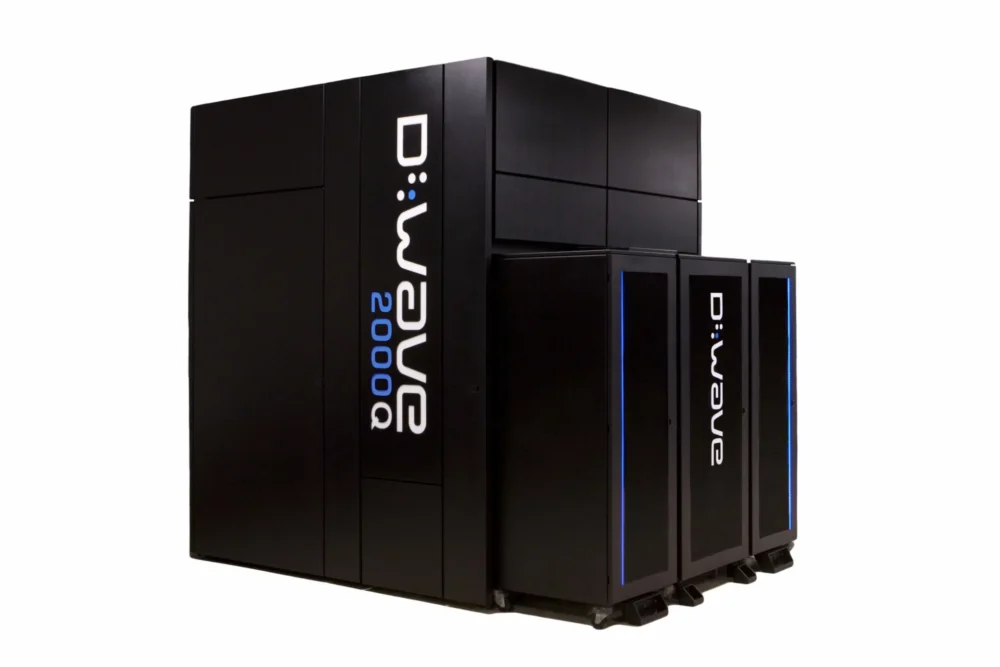Quantum computing company, D-Wave Quantum Inc.(NYSE: QBTS), has launched a suite of new tools aimed at bridging the gap between artificial intelligence (AI) and quantum computing.
The company released an open source quantum AI toolkit and an accompanying demo on Monday. Furthermore, it’s designed to help developers experiment with integrating quantum systems into machine learning (ML) workflows. Both are available now for download.
The toolkit enables developers to incorporate the company’s annealing quantum processors directly into ML pipelines. Built as part of D-Wave’s Ocean software suite, the new toolkit integrates seamlessly with PyTorch, one of the most widely used frameworks for deep learning development. According to D-Wave, this marks a significant step toward unlocking the potential of quantum enhanced AI.
In particular, the toolkit includes a PyTorch neural network module that allows users to build and train restricted Boltzmann machines (RBMs). RBMs are generative models that help AI systems learn hidden patterns within large and complex datasets. These models are widely used in applications ranging from drug discovery to image recognition.
Training RBMs typically requires vast computational power. Classical methods often struggle with the demands of large datasets and complex optimization tasks. However, D-Wave believes its quantum processors are uniquely positioned to accelerate these tasks. Accordingly, the toolkit gives developers the tools to test quantum enhanced model training in real world environments.
In addition to the toolkit, D-Wave released a demo showing how its quantum processors can generate simple images. This demonstration highlights the toolkit’s utility in generative AI, a fast growing area of machine learning. The company believes the demo illustrates a pivotal step in the evolution of quantum AI.
Read more: Drone manufacturer ZenaTech gets quantum tech edge
Read more: BlackRock warns that quantum computing is coming for your crypto
D-Wave is expanding its quantum AI efforts
Dr. Trevor Lanting, chief development officer at D-Wave, said the release reflects rising demand from customers to explore quantum AI integration.
“With this new toolkit and demo, D-Wave is enabling developers to build architectures that integrate our annealing quantum processors into a growing set of ML models,” Lanting said.
Meanwhile, D-Wave is expanding its customer facing quantum AI development efforts. Several organizations are already using the company’s quantum systems in exploratory projects.
For example, Japan Tobacco Inc. (JT) worked with D-Wave’s team on a proof of concept project in its pharmaceutical division. The initiative used quantum enhanced training methods during drug discovery and outperformed traditional approaches.
Additionally, researchers at the Jülich Supercomputing Centre in Germany developed a machine learning tool that predicts protein DNA binding with higher accuracy. Their hybrid approach combined classical support vector machines with D-Wave’s quantum processors, significantly improving classification performance.
Furthermore, Canadian particle accelerator center TRIUMF and its partners demonstrated notable results in high energy physics simulations. The team used D-Wave’s quantum computers to simulate calorimeter interactions. Compared to classical methods, the quantum approach generated synthetic data with significant speedups. These findings were recently published in npj Quantum Information.
D-Wave’s momentum in quantum AI signals a broader shift toward hybrid computing approaches. By providing developers with accessible, open source tools, the company aims to lower the barrier to quantum adoption in AI and ML research.
Additionally, the release positions D-Wave as a first mover in the growing intersection of quantum and artificial intelligence. As quantum technology matures, more organizations may turn to platforms like D-Wave’s to enhance productivity, solve intractable problems, and accelerate innovation.
.












